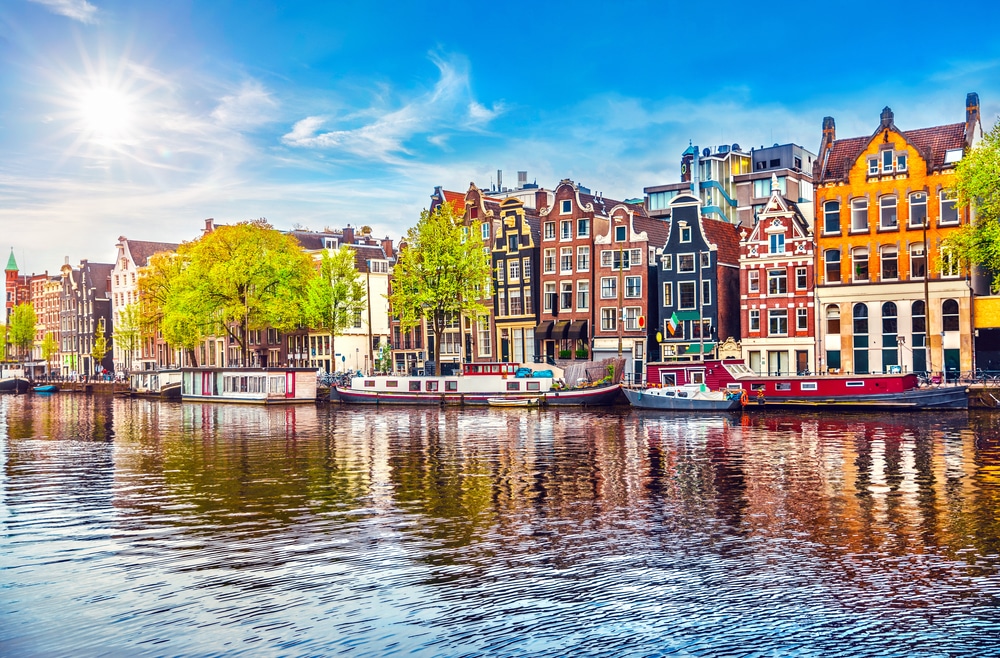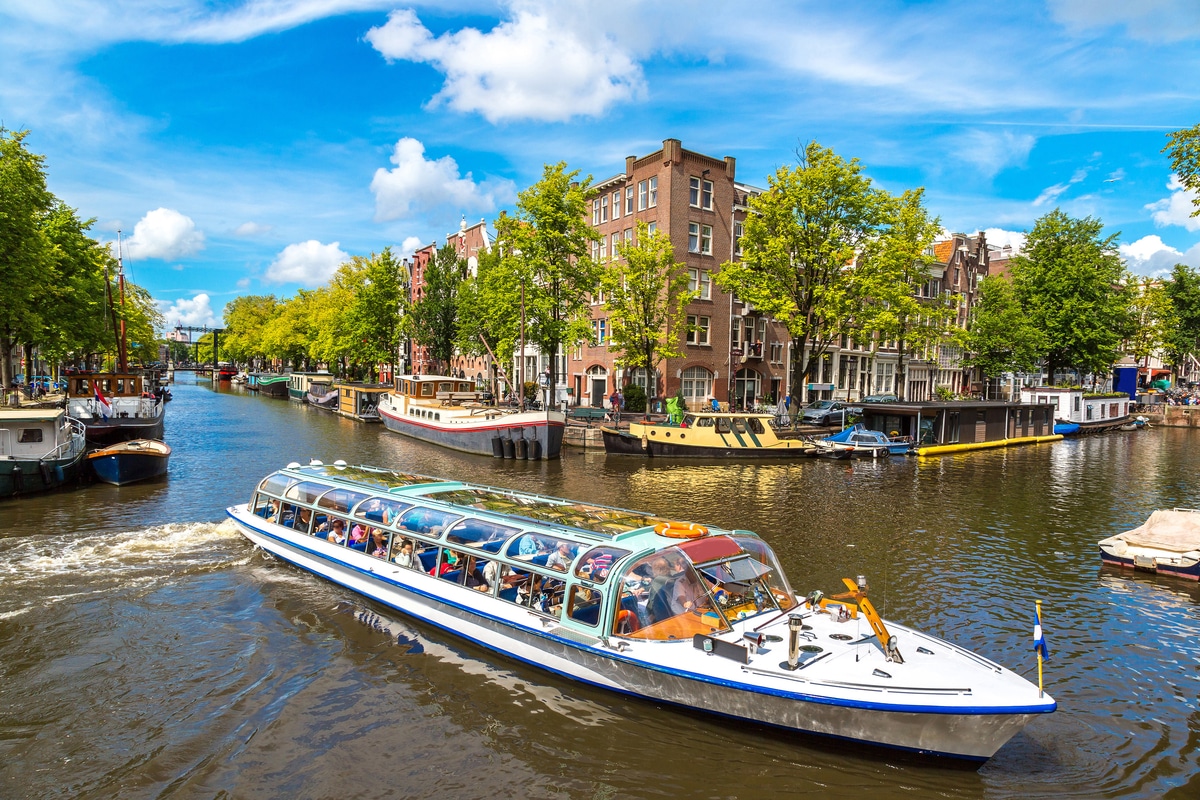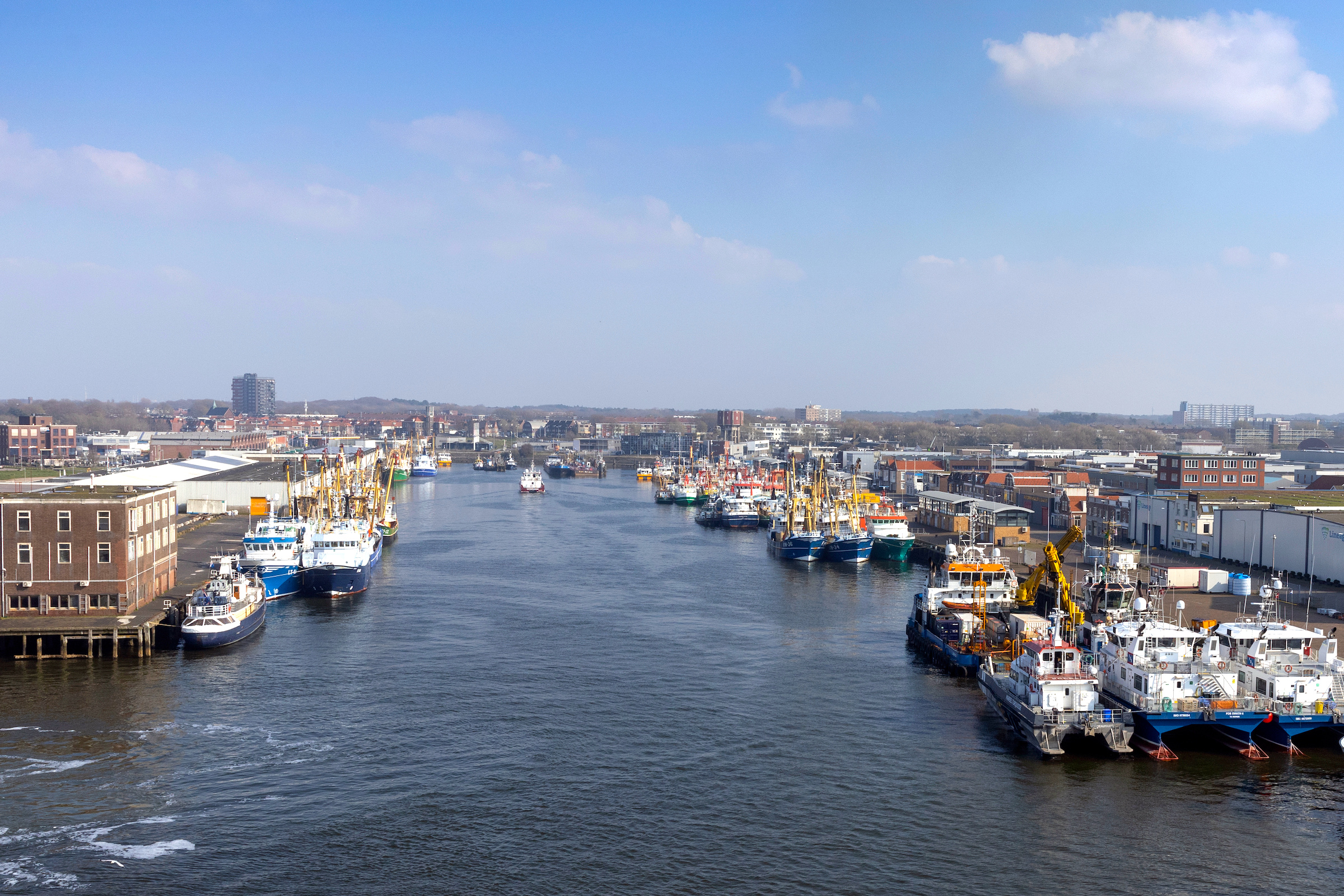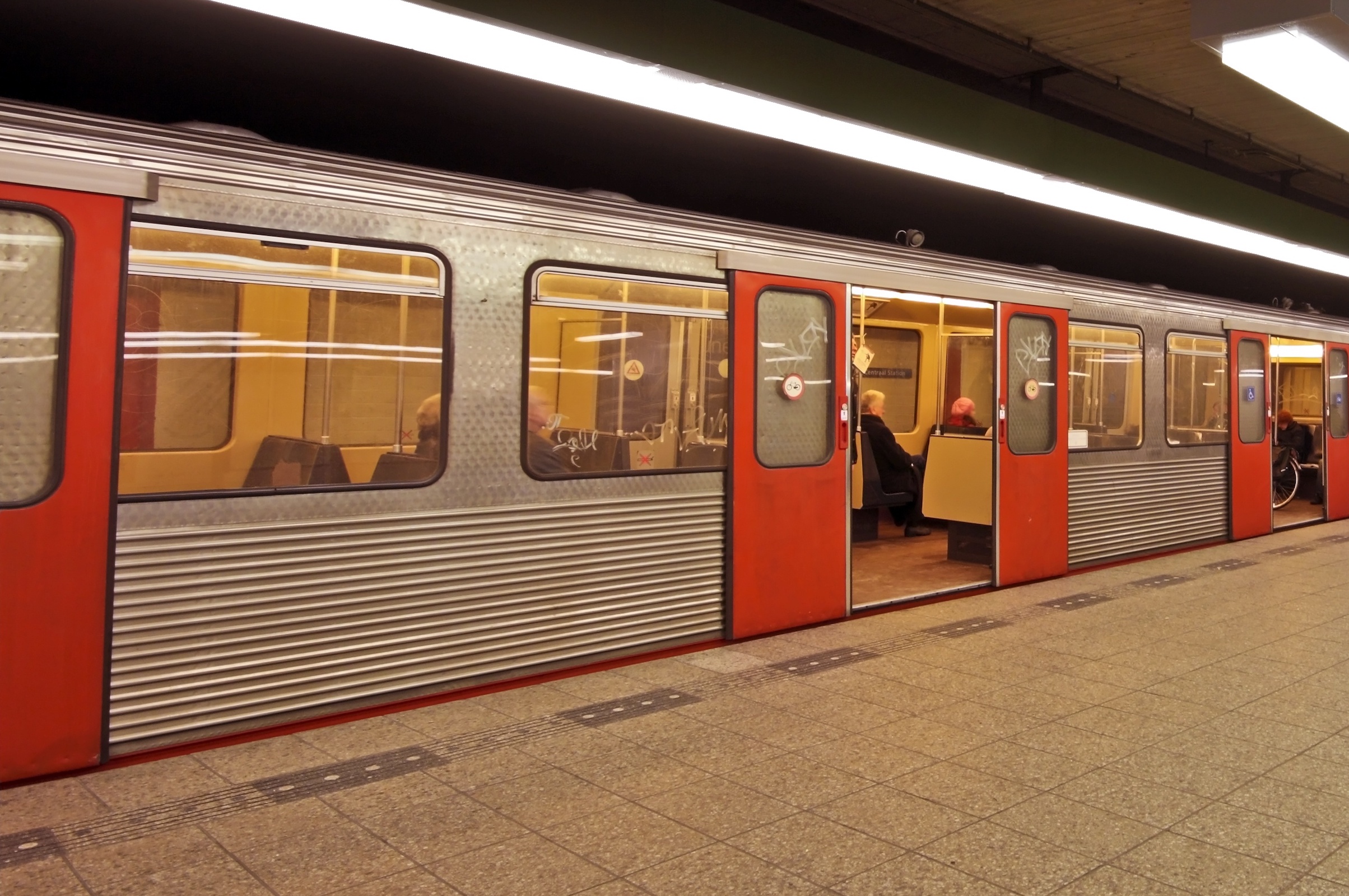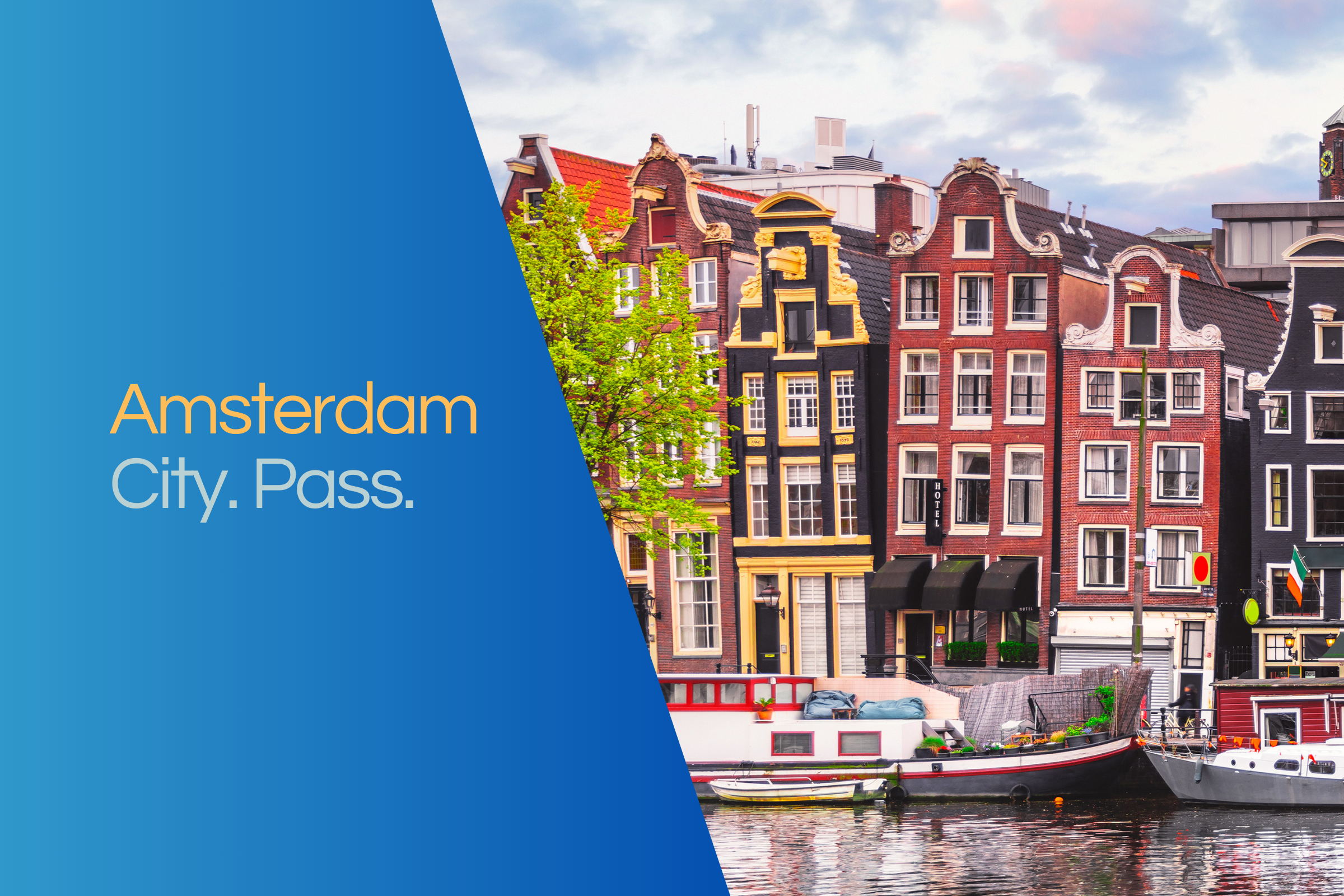- Home ›
- Netherlands ›
- Amsterdam
Anne Frank House
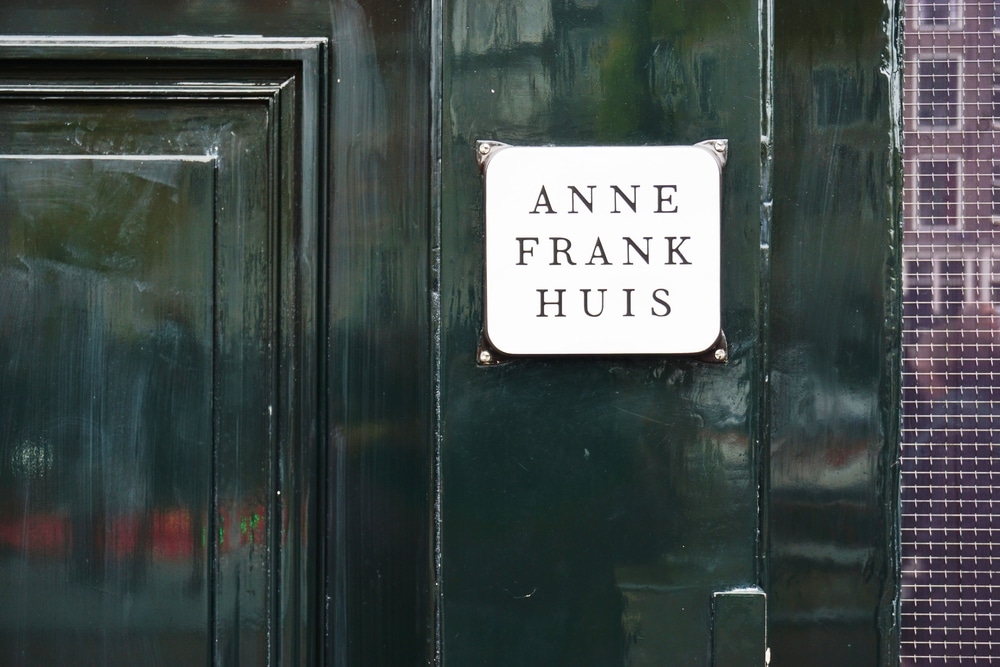
The idyll of Amsterdam is overshadowed by a dark chapter. In 1940, Nazi Germany occupied the neutral Netherlands.
Amsterdam was a center of Jewish life. The population put up massive resistance to the establishment of camps and deportations. Many Amsterdammers hid Jewish fellow citizens. Among them was the family of Anne Frank, whose father moved into the house at Prinsengracht 263 with the companies Opekta and Pectacon, which were subordinate to him as the first managing director and were engaged in the trade of spices, pectin and other preservatives.
The protected back house became a refuge for several Jewish families, who hid here in 50 square meters of darkened rooms for over two years. Life there was recorded by the schoolgirl Anne Frank.
The diary of Anne Frank became world famous. Already in the fifties, visitors came to see the original site and were guided privately by the former employees of the company.
Initially, the building was to make way for a factory. Due to protests, however, the building was preserved as a museum and now includes the neighboring houses, the courtyard and the back houses, a bookstore and Keg's coffee shop, which is also mentioned in the diary.
